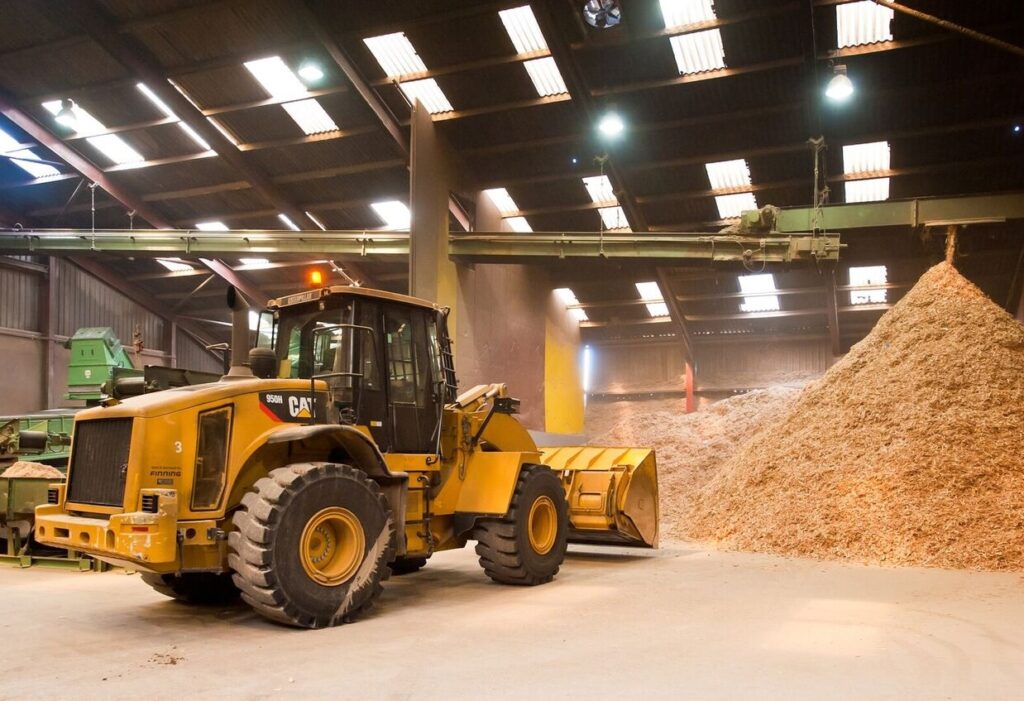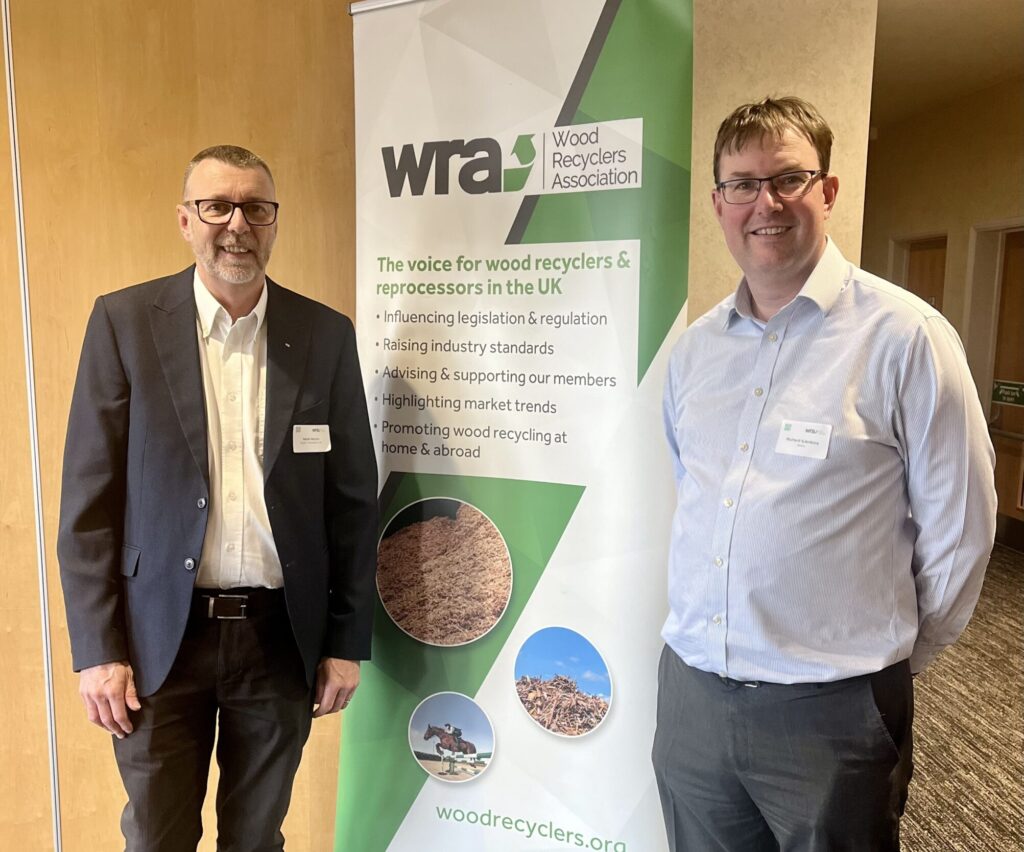The Environment Agency announced this week that it had approved a permit application for the processing plant along with its FPP. The site, at Foundry Lane, Widnes will be allowed to store up to 14,500 tonnes of wood at any one time. The combined heat and power (CHP) facility will be powered by burning grade B and C recovered wood sourced by Stobart Biomass under a 16-year fuel supply contract for Mersey Bioenergy’s Widnes plant (pictured below).

The permit allows the “treatment and storage of waste wood on an impermeable surface with sealed drainage. Unprocessed waste wood will be stored externally in piles. Treatment activities including screening and shredding, and storage of processed waste wood will take place within the site’s main building.”
Wood processed at the site, which will operate 24 hours a day, will be sent to the Mersey Bioenergy Facility.
Mitigation measures
Measures to tackle dust and noise from the plant feature in the permit with a noise barrier and bund part of the mitigating measures.
The Agency notes that for permit and FPP approval three objectives are meant to be met by the FPP:
- minimise the likelihood of a fire happening
- aim for a fire to be extinguished within 4 hours;
- and minimise the spread of fire within the site and to neighbouring sites.
The Agency explained: “We consider that if an operator submits a fire prevention plan (FPP) that includes the measures set out in the guidance we are likely to approve that FPP. If an operator is unable to meet the measures in the guidance but can propose alternative measures that nevertheless meet the aims of the guidance we can still approve that FPP. It is for the operator to demonstrate these measures, so that we can be satisfied that the alternative measures meet the objectives of the guidance.”
Alternative
In the Stobart Biomass application for Widnes, the Agency said that the FPP did not include all the measures set out in its guidance. But, it did include “alternative” measures and so the Agency asked Stobart to show how these could meet the objectives in accordance with its guidance.
Subsequently in agreeing the FPP and permit, the Agency explained that it had “assessed the FPP and set out below where measures in line with the guidance are in place and where we have agreed alternative measures.”
These assessed measures which have satisfied the Agency over meeting the guidance objectives include:
Management of waste piles
“Pile sizes for processed and unprocessed wood exceed the maximum pile sizes set out in paragraph 9 of our guidance. As an alternative measure the operator has proposed and has demonstrated to our satisfaction how they will use shovel loaders to create fire breaks in the long piles of wood waste to quickly reduce the size of the piles in the event of a fire. We have considered this proposal in combination with other extra measures as detailed below and conclude that quickly reducing the size of the piles will limit the scale of a fire if one breaks out. This meets the objectives of the guidance.”
Quarantine area
This area is much smaller than 50% of the largest pile of wood as set out in guidance. The Agency explains that Stobart would use loading shovels to provide immediate fire breaks within any burning pile to quarantine material in-situ. “A 500 cu m section will be isolated with 6m separation distance around it. The fire tenders will be able to smother any fire swiftly. We consider quickly reducing the size of the piles alongside the temperature monitoring and stock rotation proposed by the operator will limit the scale of a fire if one breaks out and allow the isolated burning wastes to be extinguished. This meets the objectives of the guidance.”
Water supplies
There are not enough water supplies on the site and instead the Agency has agreed to the idea that Stobart Biomass would use “Alcohol Resistant Aqueous Film Forming Foam”, which reduces the amount of water needed to fight a fire.
Detecting and suppressing fires
The Agency paid particular attention to the fact that processed woods and fines would be stored in a large building in piles and this would be seen as a higher fire risk. Stobart Biomass did not propose an automated fire suppression system.
The permit notes that the operator [Stobart Biomass] believed that the manual systems being proposed offered an equivalent level of protection as automated systems, however failed to provide third party review and endorsement of this.
So, a third party report was instigated and this made a number of points including the recommendation that a dedicated CCTV thermal imaging fire detection camera, connected to a fire alert system be fitted. This helped gain FPP approval.
Satisfied
The Agency concluded: “We have considered these measures in combination with other alternative measures as detailed above. We conclude that the automation of fire detection for the fines piles and the enhanced out of hours cover for the fire tender suppression system will enable the detection of a fire in its early stages to reduce its impact, will prevent a fire spreading and allow any fire to be fought effectively. We consider that these systems aim for a fire to be extinguished within 4 hours and subsequently will minimise the spread of fire within the site. Therefore we are satisfied that the proposed alternative measures meet the objectives of the guidance.”
Related links:
Environment Agency decision (opens as PDF)






Subscribe for free